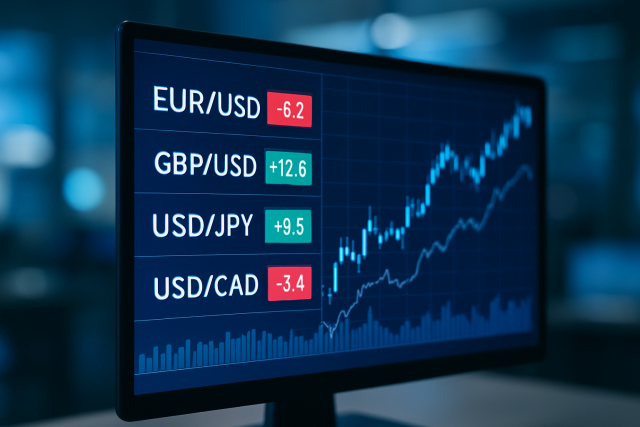
What Is a Pip in Trading?
Pips are the basic units used to measure price changes in forex trading. Learn what a pip is, how to...
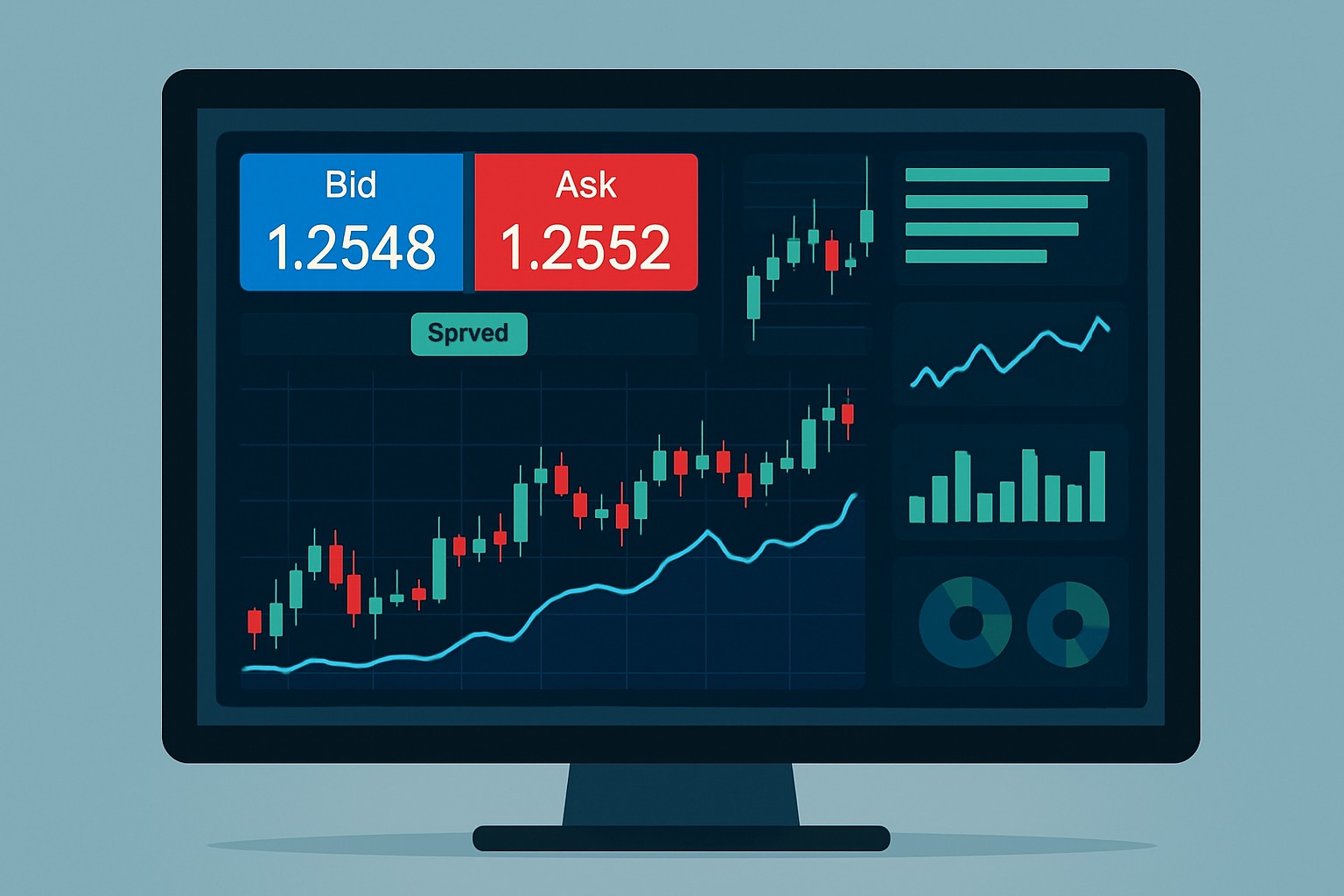
Understanding what is bid and ask spread is absolutely important for anyone looking to invest or trade assets with confidence. This seemingly simple concept actually reveals a lot about how prices take shape in the market and shines a light on the costs traders inevitably face with every single deal.
The bid price is basically the highest amount a buyer is willing to shell out for an asset at any given moment. So if you’re looking to sell a stock and there’s a crowd of interested buyers, the bid is the best offer on the table right now.
The ask price is basically the rock-bottom amount a seller is willing to accept for an asset.
The bid-ask spread is basically the gap between the bid price and the ask price of an asset. This little difference often gives you a sneak peek into how liquid the market really is, and it quietly stands for the hidden cost traders have to swallow when buying or selling.
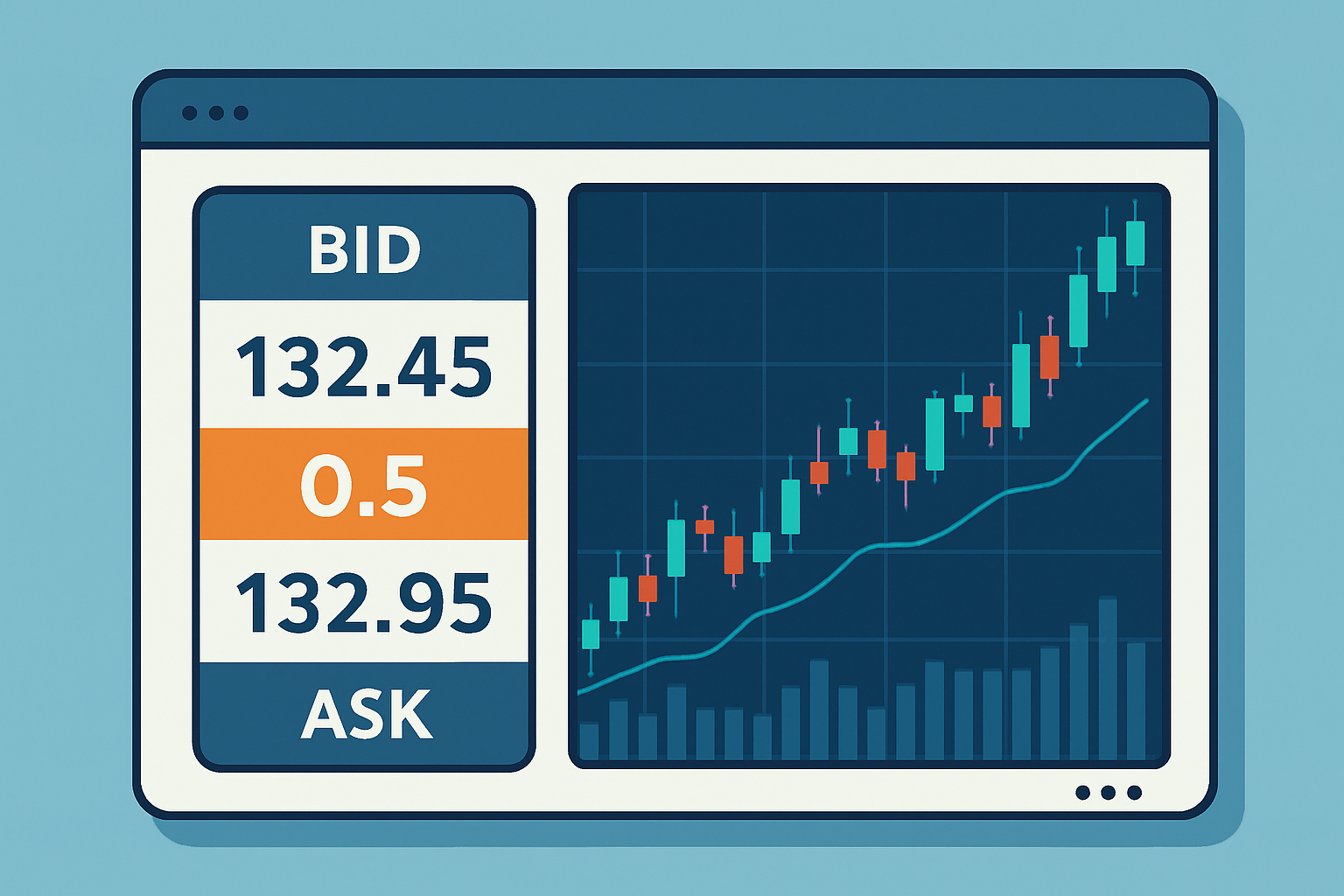
Visual example of bid and ask prices and the spread on a trading platform interface
The bid-ask spread is essentially there to reward market makers or liquidity providers who take on the risk of buying and selling assets. It’s a bit like the thank-you tip for stepping into the fray and handling the ups and downs. Market quirks such as sometimes conflicting interests of buyers and sellers, supply and demand not always lining up, and the time it takes to close a deal all help create the gap between what buyers are ready to pay and what sellers hold out for.
When you’re buying or selling a used car, the price you’re willing to throw on the table (the bid) usually comes in a bit shy of the price the seller has in mind (the ask). This little gap? It’s all part and parcel of haggling, weighing risks, and the legwork involved. We like to call this difference the spread—kind of the unavoidable dance between buyer and seller.
The bid-ask spread is a stealthy little fee in trading—you buy at the higher ask price and sell at the lower bid price, so it quietly chips away at your returns. If you trade often, those wide spreads can really eat into your profits faster than you might expect.
A few key factors really shape the size of the bid-ask spread. Market liquidity plays a big role. When buyers and sellers are active, spreads usually become much tighter. Trading volume also matters. Assets that see a lot of activity tend to have narrower spreads because competition among traders increases. The type of asset is important as well. Those that are more prone to wild swings often have wider spreads.
| Factor | Description | Example of Impact on Spread |
|---|---|---|
| Market Liquidity | How easily buyers and sellers can be found usually plays a big role in the spread size—think of it as how crowded the market floor is | Stocks with strong liquidity like Apple tend to have nicely tight spreads, almost like they’re on a leash |
| Trading Volume | When trading volume is buzzing, spreads usually shrink | Popular forex pairs such as EUR/USD often flaunt narrow spreads, as if everyone’s in on the action |
| Asset Type | Different asset types come with their own typical spread ranges; it’s like comparing apples and oranges | Small-cap stocks tend to have wider spreads, probably because they aren’t the life of the party like large-caps |
| Volatility | The more prices bounce around, the more spreads tend to widen | Cryptocurrencies often sport wider spreads, reflecting their rollercoaster-like volatility |
| Market Hours | Trading off the beaten path usually means fewer players and wider spreads | Commodities traded outside peak hours often see spreads stretching out, like they would rather be somewhere else |
Bid-ask spreads can vary quite a bit depending on the market and the type of asset you’re dealing with. For stocks of large companies that trade like crazy, spreads often come down to just a few pennies. In the world of forex, you’ll typically find pretty tight spreads on major currency pairs—almost like they’re trying to keep costs low.
Keeping a close watch on the bid and ask prices gives traders a real feel for market liquidity and timing, almost like reading the room before jumping in. Paying attention to the spread size helps you dodge trades when costs are running high or the market is throwing a bit of a tantrum.
Always double-check the current spread size before trading because costs can pile up without you noticing.
Don’t settle for the first trading platform you find. Shop around and compare spreads to get better deals.
Keep an eye on when spreads widen or tighten since that signals increased market volatility or thinner liquidity.
Be sure to factor the spread into your total trading costs because it is key to setting realistic profit targets.
Avoid trading during times when spreads balloon like at market open or close. This step helps keep your risk in check.
People often get the wrong end of the stick when it comes to the bid-ask spread. Many think the bid and ask prices are set in stone but they constantly shift with supply and demand. Some believe only retail traders must worry about spreads but the reality is spreads touch everyone playing in the market—no exceptions.
Electronic trading and the rise of algorithmic market makers have generally pushed bid-ask spreads to shrink across many markets, making understanding what is bid and ask more important than ever. Automation cranks up competition among liquidity providers and often results in sharper price efficiency that is hard to ignore. Exchanges like Binance and Coinbase are famous for their slick trading tools and deep liquidity pools. They have played a big role in squeezing those spreads tighter, especially in the bustling world of cryptocurrency markets. Platforms such as TradingView and TrendSpider give traders a real-time peek into spreads and market conditions.
Are you tired of juggling multiple tools for your trading needs? TradingView is the all-in-one platform that streamlines your analysis and decision-making.
With its powerful charting capabilities, real-time data, and vibrant community, TradingView empowers traders like you to stay ahead of the market. Join thousands who trust TradingView for their trading success.
Are you ready to elevate your trading game? Binance, the leading cryptocurrency exchange, offers a seamless platform for traders of all levels. With its user-friendly interface and powerful tools, you can navigate the dynamic world of digital assets with confidence.
17 articles published
Transforming the field of technical analysis through innovative charting techniques, Scarlett specializes in pattern recognition and momentum trading strategies for equity markets.
Read Posts
Pips are the basic units used to measure price changes in forex trading. Learn what a pip is, how to...
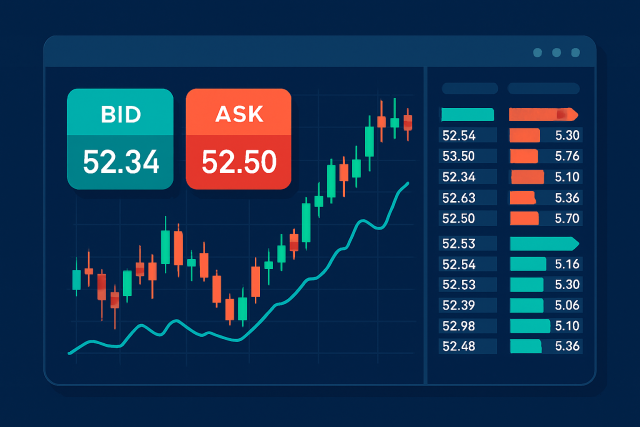
Understanding the key differences between ask and bid prices is essential for confident trading. Thi...

Unlock the full potential of TrendSpider with this authoritative guide to TrendSpider University tra...
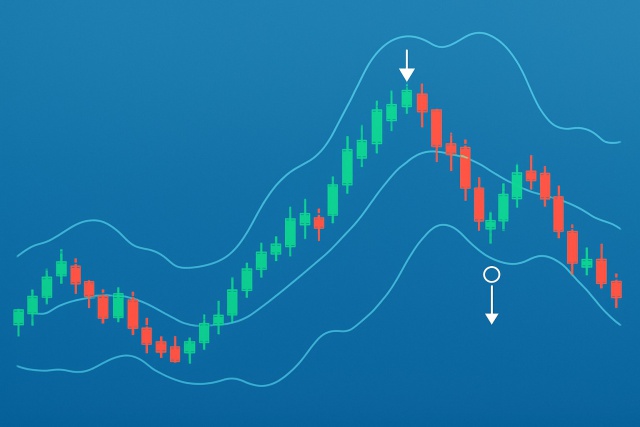
Master trading with Bollinger Bands by understanding volatility, setup patterns, and risk management...
